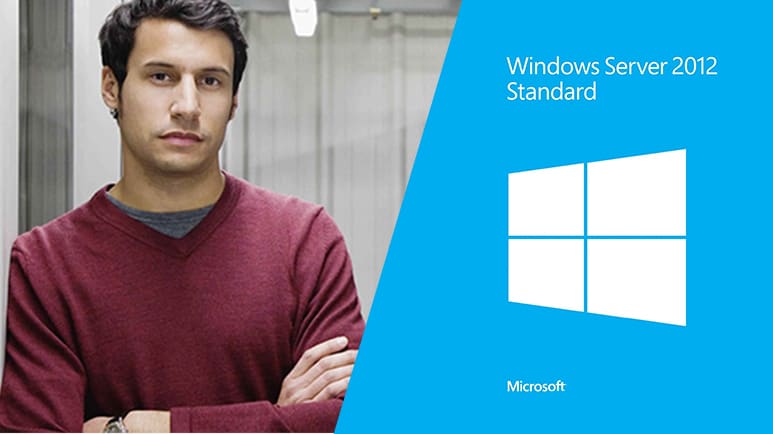
Microsoft recently released a report on the risks that enterprises will face by not migrating to a new operating system. Migrating over to the new system should be a priority among all organizations still utilizing the legacy Windows Server 2003, as users will no longer have support. Learn the risks and recommendations on how to get migration to Windows Server 2012 & Azure going within your organization.
Risks & Recommendations
Some of the problems and risks that IT Departments will realize are:
Compromised business applications that open the door for theft and other security concerns
Applications that don’t operate properly and display error messages constantly because the old system is just not compatible with the other systems and errors with the old system cannot be corrected
Regulatory & Compliance requirements
Leaders of these Organizations who are unaware of the risks, will still be liable for issues that will arise.
The recommendations include:
The IT department should create a report that outlines all the risks and downfalls that staying on Windows Server 2003 will mean to your company.
This report needs to be provided to the team leaders so that they can understand the risks, ask questions, and be prepared to talk to the decision makers for support of the migration to get funding.
Do these as soon as possible so that migration is completed before July of 2015. Problems that arise with Windows Server 2003 will not be supported, causing more issues with the organization’s business processes.
You don’t have to go through a Windows Server migration alone
Migration does not have to be a scary feat. Get educated on the risks and the migration process. Get a game plan together. There is support for you. In addition, there are in-depth Microsoft Server training courses available for your IT professionals and staff. The training courses listed below are interactive and hands- on, so students not only learn about Windows Server, but actually work within the Windows Server environment. Get the training while migration is on-going so once implemented your staff is up to date with the new technology.
- 20410: Installing and Configuring Windows Server 2012
- 20411: Administering Windows Server 2012
- 20412: Configuring Advanced Windows Server 2012 Services
- 20694: Virtualizing Enterprise Desktops and Apps
- 20346: Managing Office 365 Identities and Services
- 10968: Designing for Office 365 Infrastructure
- 20532: Developing Microsoft Azure Solutions
- 20533: Implementing Microsoft Azure Infrastructure Solutions
- 10979: Microsoft Azure Fundamentals
- 20487: Developing Windows Azure and Web Services
- 20695: Deploying Windows Devices and Enterprise Apps
- 20696: Managing Enterprise Devices and Apps using System Center Configuration Manager
Windows Server migration needs to be at the top of the “To-Do” list if you‘re still on Windows Server 2003. To learn more about migration visit Microsoft.
To download the complete report, click here.

